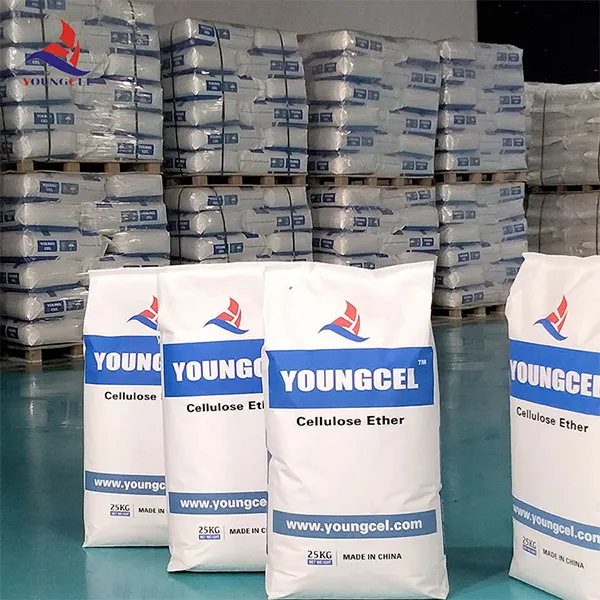The Role of Cellulose in Paint Formulations
Cellulose, a natural polymer derived from the cell walls of plants, has emerged as a significant component in the formulation of paints and coatings. Its unique properties and versatility make it an essential ingredient that enhances the quality, performance, and sustainability of paint products. This article explores how cellulose contributes to the paint industry, detailing its benefits, applications, and environmental considerations.
Understanding Cellulose
Cellulose is the most abundant organic polymer on Earth, primarily composed of glucose units linked together in chains. As a renewable resource, cellulose is derived from a variety of plants, including wood, cotton, and hemp. Its structure allows it to form films, retain water, and provide viscosity, making it an ideal candidate for paint formulations.
Benefits of Cellulose in Paints
1. Thickening and Stabilizing Agent One of the primary roles of cellulose in paint formulations is as a thickener. Cellulose derivatives, such as methylcellulose and hydroxyethyl cellulose, help to increase the viscosity of the paint. This property is essential for preventing sedimentation of pigments and fillers, resulting in a more stable product that maintains consistent quality over time.
2. Improved Application Properties Cellulose enhances the application characteristics of paints, allowing for smoother brushing and rolling. It helps to improve the flow and leveling of the paint film, which is critical for achieving an aesthetically pleasing finish. Furthermore, paints containing cellulose can provide better control during application, reducing drips and splatter.
3. Water Retention The hygroscopic nature of cellulose enables it to retain water, which is crucial during the drying process. This water retention helps prevent the formation of defects such as cracking and peeling, ensuring a more durable finish. Additionally, the moisture retention properties allow for a more extended working time, giving painters greater flexibility during application.
cellulose for paints

4. Eco-Friendly Option With growing concerns about environmental sustainability, cellulose stands out as an eco-friendly ingredient in paint formulations. Being a naturally sourced material, its use can reduce the reliance on synthetic additives and contribute to lower VOC (volatile organic compounds) emissions. Biobased cellulose derivatives serve as a sustainable alternative to plasticizers and other chemical additives commonly used in the paint industry.
Applications in the Industry
Cellulose is used in a wide variety of paint types, including water-based, oil-based, and specialty coatings. In water-based paints, cellulose acts as a stabilizer and thickening agent that improves performance without compromising the environmental benefits. In oil-based paints, cellulose can enhance viscosity while maintaining a smooth finish. Moreover, it plays a vital role in specialty coatings, such as those designed for industrial applications, where durability and resistance to harsh conditions are paramount.
Future Perspectives
As the paint industry continues to evolve, the incorporation of cellulose is expected to grow. Ongoing research focusing on enhancing the properties of cellulose-based additives will lead to improved formulations that meet the higher performance standards demanded by consumers. Additionally, the increasing emphasis on sustainable practices within the industry is likely to drive the demand for cellulose-based paints.
Conclusion
In summary, cellulose is a valuable ingredient in paint formulations, offering a range of benefits that enhance the quality and sustainability of paint products. Its role as a thickener, stabilizer, and eco-friendly alternative positions cellulose as an essential component in modern paints and coatings. As the industry moves toward greener solutions, the significance of cellulose in paint formulations is expected to rise, paving the way for innovative and environmentally responsible products.
-
The Application and Significance of Construction RdpNewsMay.19,2025
-
Industrial Grade HpmcNewsMay.19,2025
-
Building Coating Adhesive Building Coating Adhesive HpmcNewsMay.19,2025
-
Application Of Hpmc For Detergent For Detergent In DetergentsNewsMay.19,2025
-
Application Of Hpmc Cellulose In Cement-Based MaterialsNewsMay.19,2025
-
Application Of High Quality Hpmc For Construction In The Field Of ConstructionNewsMay.19,2025




